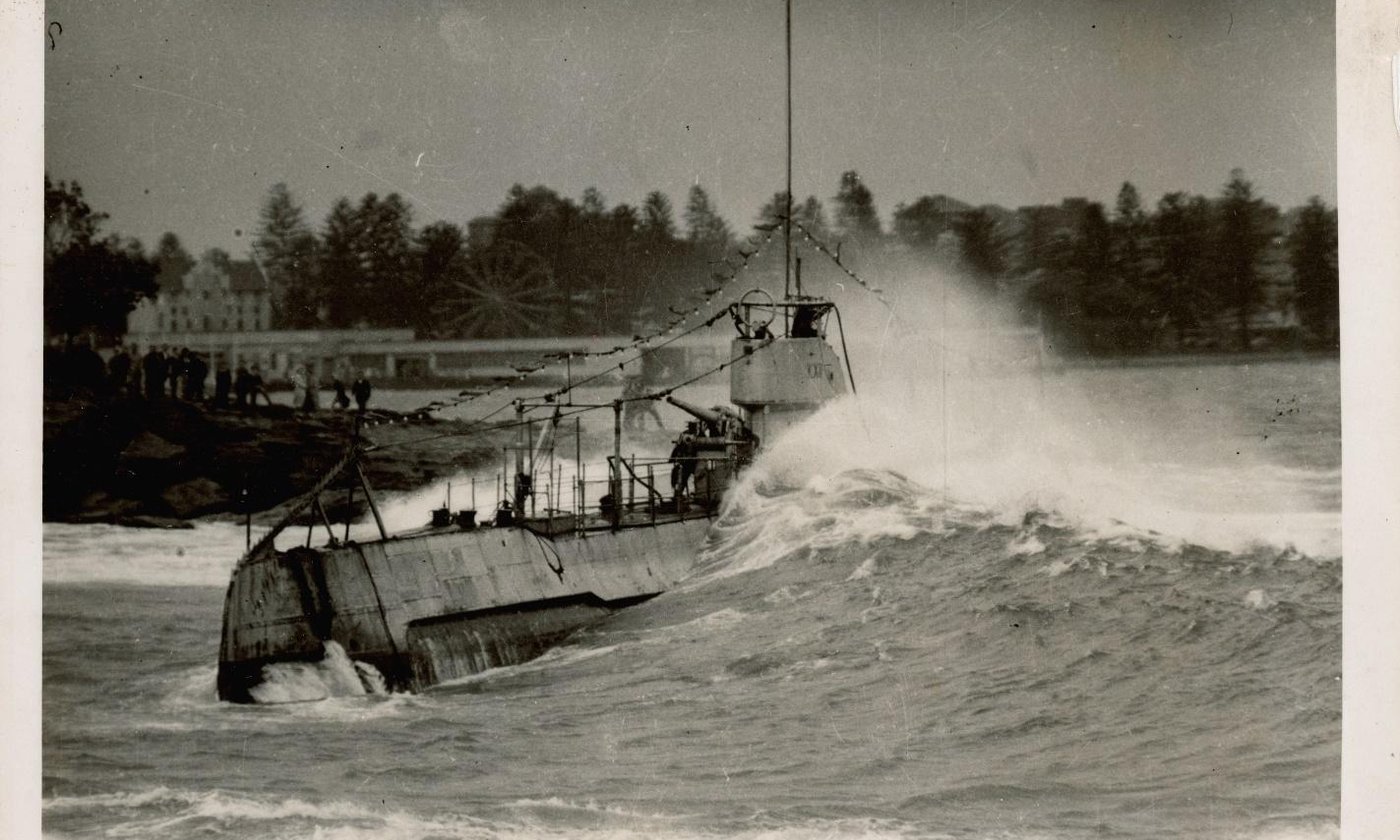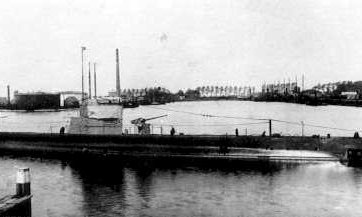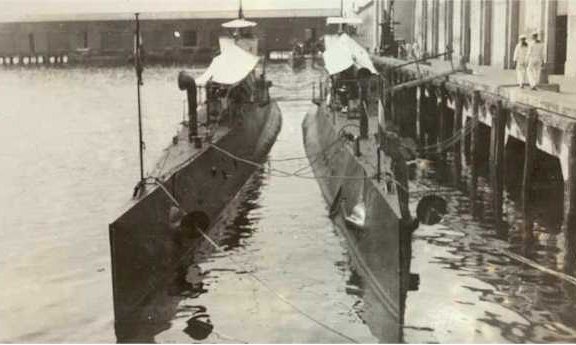K Class
HMAS K9

Image provided by Royal Australian Navy
HMAS K9 Aground near Seal Rocks
HMNlS KIX was commissioned into the Royal Netherlands Navy in June 1923
Order placed for construction of the submarine
KIX commissioned into the Royal Netherlands Navy on Thursday 21 June 1923

Image provided by http://www.dutchsubmarines.com/boats
HMNlS at Vlissingen
On Thursday 28 February 1924, HMNlS KIX departed Vlissingen for Soerabaja
Arrived Soerabaja

Image provided by http://www.dutchsubmarines.com/boats
KIX (alongside the wharf) and KVIII (outboard) in Manila 1926
3 September 1939 World War II began
On 6 January, 1942, KIX is recommissioned and manned with a reserve crew to conduct a war patrol against Japanese forces.
Arrived Fremantle
HMNlS IX becomes HMAS K9
Japanese Midget Submarine Attack in Sydney Harbour
K IX was also significantly damaged during the attack.
Because of its poor mechanical condition HMAS K9 saw little service with the RAN and spent most of her time under repair.
In 1944, K9 was badly damaged again by a battery explosion. Due to a lack of spare parts the submarine was decommissioned from the RAN the same year.
Ironically, K9 then re-entered Dutch service as an oil lighter. But in one final misadventure she was washed ashore near Seal Rocks, New South Wales in June 1945 while under tow and subsequently stripped for scrap.
The 64.5-metre-long wreck was eventually located in 1999 by the New South Wales Government's Heritage Office. The stretch of coast on which K9 grounded is now known as Submarine Beach in her honour. The same area had proved treacherous at least once before. It was originally known as Fiona Beach following the loss of the iron steamer Fiona in 1882. That wreck site lies just 3km south of K9.